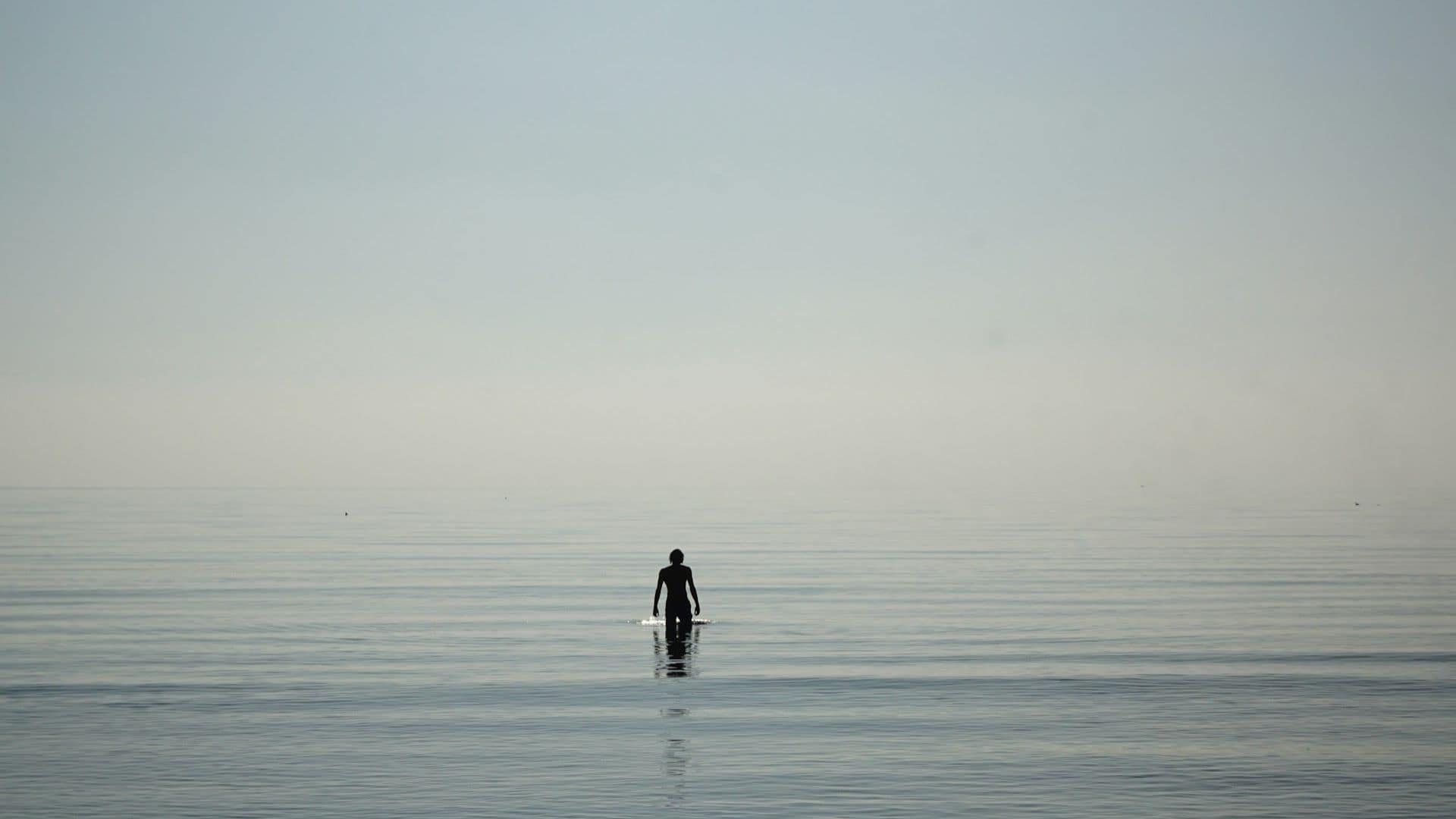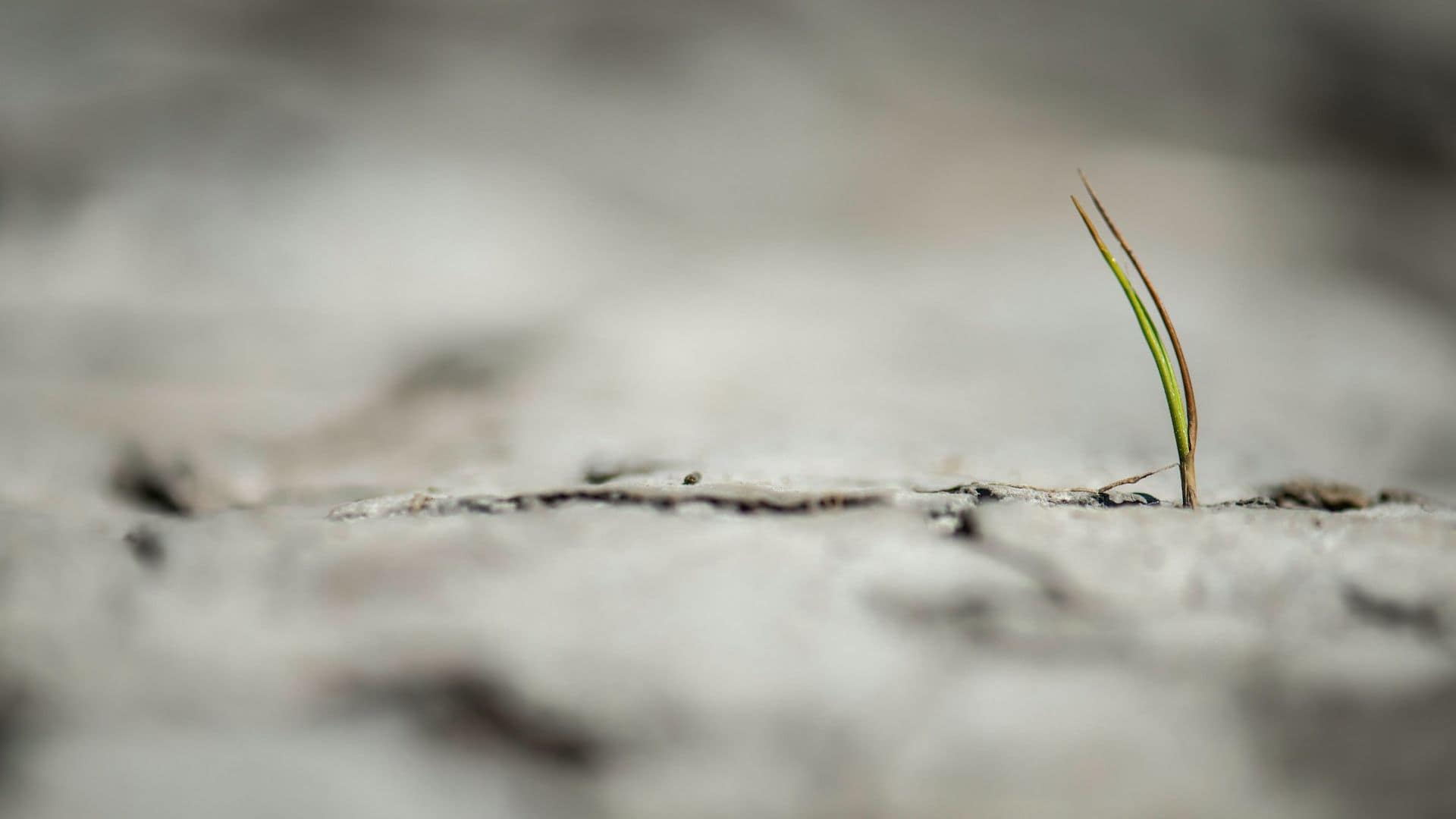There’s a particular kind of ache that doesn’t scream out loud. It simmers quietly, pulsing in the background of your life. It shows up when you crave closeness but worry your presence might be too much for others. When you long to be loved but fear that your depth, your emotional intensity, your truth might overwhelm the very people you want to be close to.
I know that ache deeply. I wasn’t afraid of being seen, not exactly, but I was afraid of being too much. Too overwhelming. Too sensitive. Too everything. I’ve lost count of how many times I’ve been told, “You’re too intense.”
I always carried so much love inside me— there is so much I wanted to give, and so much I longed to receive. Since I was a kid, I was wide open to love, to intimacy, to all the wild, tender, and beautiful possibilities life had to offer.
Back then, I naively believed the whole world was like me —open, fluid, curious, emotionally vibrant, and capable of loving beyond binaries, beyond labels. I assumed everyone moved through life that way — noticing the subtle shifts in energy, finding beauty in fleeting moments, and experiencing love and intimacy as something boundless and expansive.
It never even occurred to me to question that. It felt as natural to me as breathing. I didn’t realise —at least not yet –that the way I felt, loved, and connected wasn’t how most people did.
So when I had a massive crush on a boy in my hostel during my teens, it didn’t feel strange. It felt beautiful. Innocent. Honest. I adored him for who he was — a sweet, gentle soul with the kind of smile that stays with you. The kind that makes you smile just thinking of them.
It wasn’t about him being a boy. His gender, his orientation —none of it mattered. It never even crossed my mind back then. But that kind of love didn’t seem to fit into the boxes the world wanted it to.
When others found out, I was mocked. Laughed at. Called a “weirdo.” And that’s when it began to dawn on me that I wasn’t what the world expected from someone in a male body. That it wasn’t considered “normal” for someone assigned male to feel attraction toward another male-bodied person.
It took years before I had the vocabulary to express it, to know that I am genderfluid. But even before I had the words, I had always felt this way: a pansexual, polyamorous soul wrapped in a fun-sized frame, with a heart that didn’t fit into conventional boxes. Someone whose ideas of love, identity, and freedom drifted far from what was considered normal.
My thoughts often wandered in colours most people hadn’t even learned to name back then. And I would often wonder: Would anyone ever truly understand me… and still choose to stay?
The Cost of Fitting In
After being mocked for what felt natural to me, I began to wonder if there was something wrong with me. Maybe the world would only accept me if I learned to be more… say, palatable?
I’ve lived with this ache most of my life, long before I even had the vocabulary to express it. As a child, being hypersensitive to everything around me – the sounds, energy, tone, and tension in the room – I learned early that my need to feel safe and be loved could feel like too much for others. So, I learned to shrink parts of myself to keep the peace. That love, safety, and affection could vanish without any warning. These memories became the soil in which my earliest attachment wounds took root.
For a long time, I coped by becoming what others expected me to be: agreeable, quiet, and conforming. I was told to tone it down, to be “normal,” to stop feeling so much, needing so much, expressing so much. So, I shrank. I silenced beautiful parts of myself just to fit in — my sensitivity, my fluidity, the way I loved so expansively — even though I knew deep down I wasn’t meant to live small.
I apologized even when I hadn’t done anything wrong, because that was how I knew to keep people close. I learned to read a room like my life depended on it — catching a raised eyebrow, the heavy sigh, changes in their tone, the subtle shift in their posture before they even spoke — a classic trauma response, they say — because back then, it kind of was.
What I didn’t learn until much later in my life was how to express my needs without guilt or shame. How to ask for what brings me joy. How to claim space when I needed it. And most of all, how to believe that I could be loved — fully loved — even in my moments of messiness.
The Turning Point

Things didn’t change suddenly. It was slow. Subtle. Often uncomfortable — filled with anxiety and numerous depressive episodes. A conversation here. A heartbreak there. A friend who stayed when I expected them to leave. A lot of meditation, and the search for deeper meanings in life, and long stretches of solitude, and celibacy. Meeting new people. Finding kindred spirits along the way — people who showed me that I wasn’t weird, but special. People who saw me as I was and stayed anyway.
It was sometimes a therapist who gently reminded me that my sensitivity, my depth, my emotional intensity — none of it was “too much.” That what I often mistook as “too much” was actually my unique way of being in **this world. That my longing to live authentically wasn’t me being messy or dramatic — it was me returning to myself, awakening parts I had long been taught to silence.
It was about learning that I had a right to be here — fully — to take up space, to let my presence be felt. Not in a way that demanded, but in a way that invited, in a gentle, caressing manner that made people around me feel safe and welcomed.
But it wasn’t always this gentle. There were days I didn’t want to get off the bed — especially in my teens — feeling like I was trapped in a world that didn’t know what to do with someone like me. Every day felt like a battle inside my own mind — weighed down by the heaviness of unspoken despair, ****anxiety, and a deep desire to just disappear.
And then came the moment that changed everything.
I had decided I didn’t want to live anymore. I walked into the ocean, the sky still blushing with the last light of sunset, ready to surrender. The currents pulled at me, and I let them — almost.
But something — a quiet, anchoring force from within — held me. It whispered: You are not alone. Life doesn’t have to end here.
I don’t know how long I was in the water, but the next thing I remember, I was at the bus stop, soaked, shaking. I got on a bus. As I stared blankly out the window, I saw a banner that read: “Free Bhagavad Gita classes.”
I don’t know why, but something stirred. I followed it, and I went. And those two weeks changed me. They planted a seed — a flicker of something I hadn’t felt in a long time: curiosity and an intense need to stay. A quiet desire to know life more deeply. To know myself.
I still had doubts. Healing didn’t arrive like the sunlight through a window.
But from that moment on, I began making different choices in my life. I stopped spiraling down the rabbit hole the same way I did all my life. I found small reasons to stay — first for a few more days, then a few more weeks…
Eventually, a new life began to form. A life I didn’t just endure — but one I actually wanted to live. Those little moments were like stitching new truths into my body, one thread at a time. I started to see the difference between being needed and being nurtured. Between being agreeable and being authentic.
Between shrinking to be loved and expanding to be seen. Between disappearing for safety — and taking up space because I finally knew I belonged.
A New Way of Being

This healing didn’t just shift how I saw myself — it rewired the way I moved through this world.
I began setting boundaries — not as impenetrable walls, but as invitations for mutual respect. I learned that saying “no” can be an act of self-love, and saying “yes” should come from a full body yes, not fear or obligation. I spoke up even when my voice trembled. I let people love me — and I let them go when they couldn’t. I stopped begging for crumbs when I knew I was worthy of a feast.
I grieved the versions of me who only knew how to love from a place of survival. I honored them — the shape-shifter, the peacekeeper — and I consciously whispered to them: “You did what you had to. Thank you. You can rest now.” And then, I made space for something new. Something fuller. Something real.
This new way of being isn’t about perfection, far from it. I still get it wrong. I still have days when I shrink or disconnect, and withdraw from this world. But now I know how to come back to myself with softness, not with guilt or shame. I know how to tend to my nervous system. I know how to trust my body, my heart, my intuition — that inner compass that always knew the way home, to myself.
Because healing doesn’t make the ache vanish. It gives it a place to rest. It softens the fear. It teaches you how to sit beside your discomfort without abandoning yourself. It invites you into a relationship with yourself built on self-love, self-respect and self-acceptance.
I’ve come to learn that growth isn’t about becoming someone new. It’s about unbecoming all the layers you were never meant to carry. It’s the quiet return to your truth. Your Self. The remembering of who you’ve always been.
If you’ve ever felt like you were too much, too sensitive, too everything, this is what I want to tell you: Stay. Stay with your aching heart. Stay with your messy, beautiful being.
You’re not broken. You’re just blooming. And this world needs your kind of real — now more than ever.

